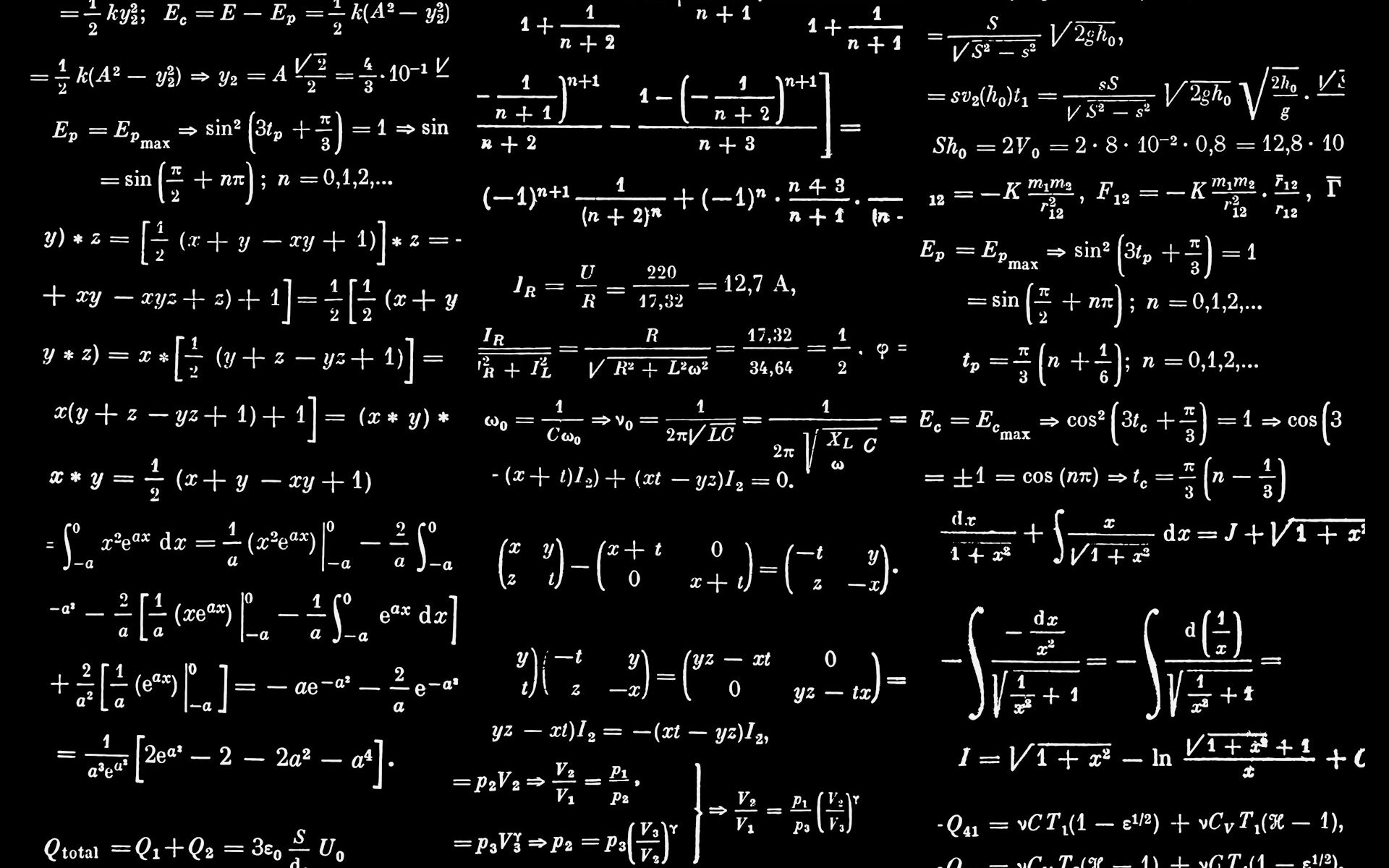Mathematical induction is a fundamental proof technique used to establish the truth of a statement for all natural numbers. It’s a powerful tool in the foundations of mathematics, particularly within logic and proofs. This article provides a comprehensive guide to understanding and applying mathematical induction.
Understanding the Basics of Mathematical Induction
Mathematical induction is based on the principle that if a statement is true for the base case (usually n=0 or n=1), and if the truth of the statement for an arbitrary n implies its truth for n+1, then the statement is true for all natural numbers. This is often visualized as a line of dominoes: if the first domino falls, and each domino knocks over the next, then all dominoes will fall.
The Steps of Mathematical Induction
The process of mathematical induction involves three main steps:
- Base Case: Prove that the statement is true for the initial value (e.g., n=0 or n=1).
- Inductive Hypothesis: Assume that the statement is true for some arbitrary natural number k. This is your hypothesis.
- Inductive Step: Prove that if the statement is true for k, then it must also be true for k+1. This usually involves manipulating the expression for k+1 to show that it follows from the assumption that the statement is true for k.
Examples of Mathematical Induction Proofs
Let’s consider a classic example: proving that the sum of the first n natural numbers is n(n+1)/2. That is:
1 + 2 + 3 + … + n = n(n+1)/2
- Base Case (n=1): 1 = 1(1+1)/2 = 1, so the statement is true for n=1.
- Inductive Hypothesis: Assume that 1 + 2 + … + k = k(k+1)/2 for some arbitrary natural number k.
- Inductive Step: We need to show that 1 + 2 + … + (k+1) = (k+1)(k+2)/2. Starting with the left side:
1 + 2 + … + (k+1) = (1 + 2 + … + k) + (k+1)
By the inductive hypothesis, this is equal to:
k(k+1)/2 + (k+1) = [k(k+1) + 2(k+1)]/2 = (k+1)(k+2)/2
This is exactly what we wanted to show, so the inductive step is complete. Therefore, by mathematical induction, the statement is true for all natural numbers n.
Common Mistakes to Avoid
When working with mathematical induction, it’s crucial to avoid common pitfalls:
- Forgetting the Base Case: The base case is essential for anchoring the proof. Without it, the inductive step is meaningless.
- Incorrect Inductive Hypothesis: Make sure to clearly state your inductive hypothesis.
- Errors in the Inductive Step: The inductive step requires careful algebraic manipulation. Ensure each step is logically sound.
- Assuming What You Need to Prove: Avoid circular reasoning. Don’t assume the statement is true for k+1 in your manipulations unless it directly follows from the assumption for k.
Applications of Mathematical Induction
Mathematical induction is not just an abstract concept; it has numerous applications in various areas of mathematics and computer science. It’s used to prove properties of algorithms, data structures, and various mathematical formulas. For instance, it can prove the correctness of a recursive algorithm or the properties of a tree structure.
Advanced Induction Techniques
While the basic principle remains the same, variations of mathematical induction exist to handle more complex scenarios:
- Strong Induction: In strong induction, you assume that the statement is true for all values up to k, not just for k itself. This can be useful when the truth of the statement for k+1 depends on multiple previous values.
- Structural Induction: Structural induction is used to prove properties of recursively defined structures, such as trees or lists. The base case is the simplest structure, and the inductive step shows that if the property holds for smaller structures, it also holds for larger structures built from them.
Conclusion
Mastering mathematical induction is crucial for anyone delving into the foundations of mathematics and computer science. By understanding the underlying principles and practicing various examples, you can gain a powerful tool for proving the truth of statements for all natural numbers. Remember to always start with the base case, carefully state your inductive hypothesis, and rigorously perform the inductive step. With practice, you’ll become proficient in using this fundamental proof technique.





